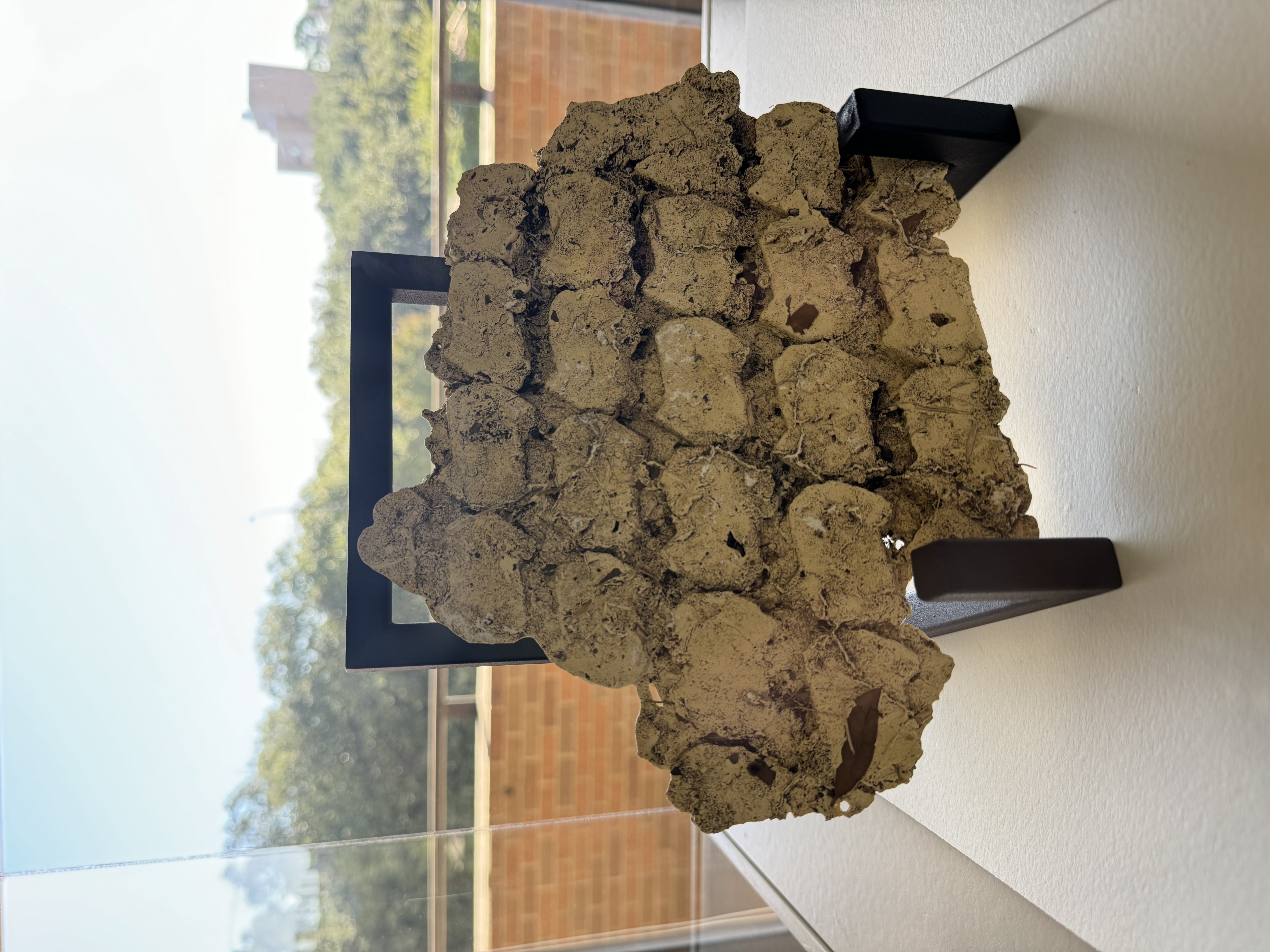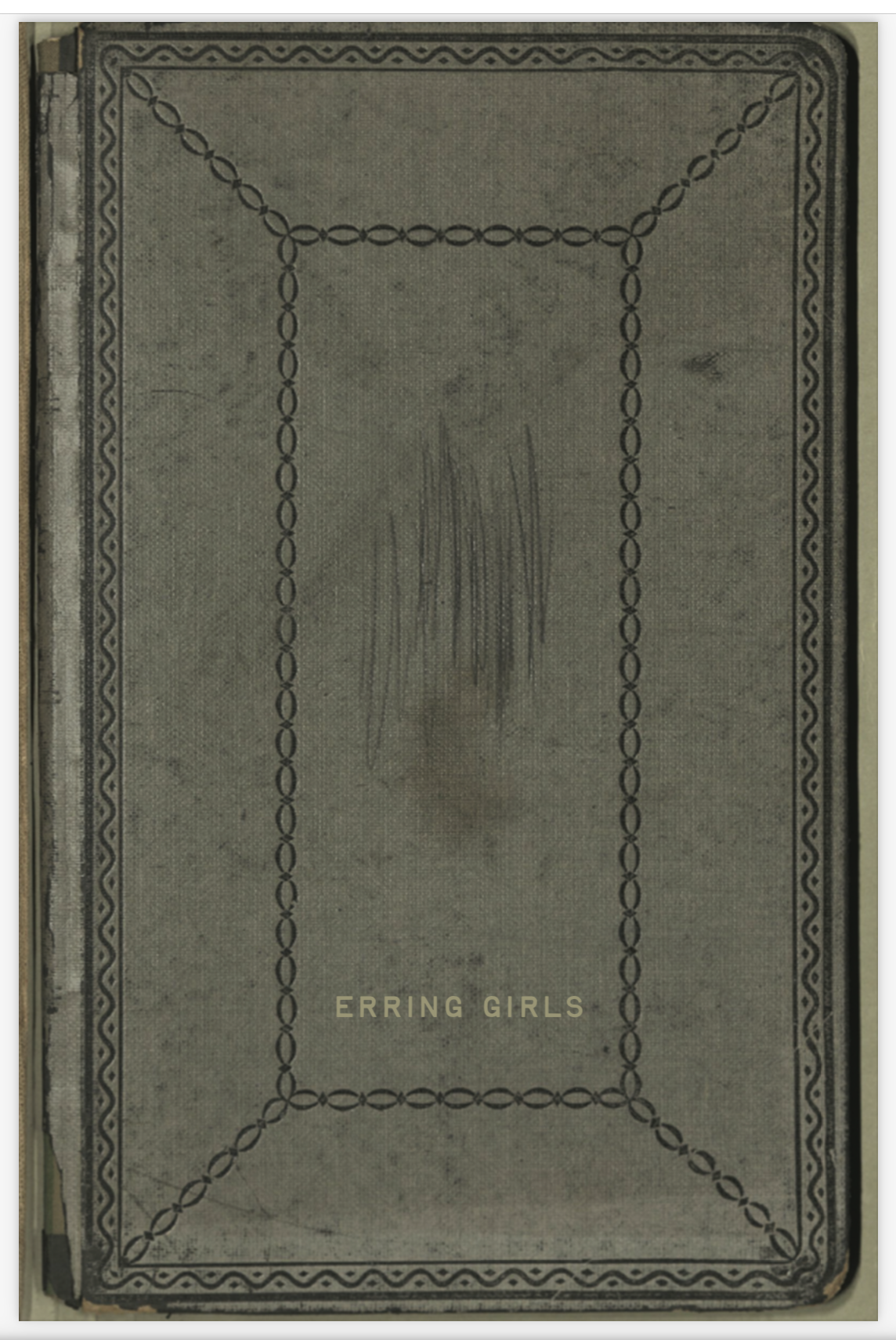Fine Print Foot Print / Carrie Iverson

Exhibition on view: September 30 – November 26, 2024
Opening Reception: Thursday, October 3, 4pm – 7pm
Fine Art Collections Gallery, 2109 Fine Arts Building
Gallery Hours: Monday - Friday 10am – 5pm, Saturday 10am - 3pm
A collection can be defined as a group of objects; objects that often are viewed as symbols and representations of the people who gather them by those around them. Typically, these are organized in some way through an innumerable series of categories dependent on the collector. But what of those objects left behind accidentally, mistakenly, or without that individual’s control or knowledge? By exploring and tracing these possessions, their impressions, and their associated data, we are better able to understand that individual, their experience, and their foot print. This exhibition displays a variety of artforms, including historical and contemporary prints, forensic scientific specimens, and the tools used in their creation, to present a variety of creative approaches and processes from the perspective of an artist, a scientific scholar, a visual resource curator, and a collection specialist.
Reflecting on printmaking as technology and artistry, utilized to mark, represent, commemorate, or investigate social events and actors, Fine Print Foot Print exhibition features work by the head of UTA printmaking program Carrie Iverson, specimens from the collection of Forensic Applications of Science and Technology lab led by Patricia Eddings at the Department of Criminology and Criminal Justice, and historic prints from UTA’s Wild Pony Graphic Studio. The exhibition is organized by UTA Fine Arts Collections Specialist Cheryl Mitchell and Visual Resources Curator Lilia Kudelia.

Carrie Iverson’s works import the printing logic into unexpected materials. She transcends mediums – from paper to glass to metal – like an event sometimes transcends time layers. Abstracted in many instances to an extreme, due to bleeding inks and surfaces eaten out by the acids, Iverson’s works testify about the points of contact – between the artist and her closest family members, the artist and the landscapes she traverses, the artist living in the present moment and dealing with histories being erased and preserved.
In the world of forensic science, collecting as much evidence as possible about the circumstances and context of the event being investigated is critical. Creating specimens of footprints, shoe prints, tire threads, and other forms of trackable data is an essential part of this process. These prints can now be created in a variety of ways including using traditional plaster casting, dental stone casting systems, fingers and foot impression kits, gelatin lifts, and Mikrosil – many of which are on display at the exhibition.
In conjunction with this exhibition Carrie Iverson worked in the UTA Special Collections to research the archives of the Berachah Industrial Home for the Redemption of Erring Girls that operated in Arlington, Texas in 1903-1903. New prints were produced by Iverson for the exhibition during her residency at Tamarind Institute in Albuquerque, NM. The show also features a limited edition artist book with works by Carrie Iverson, photographs of the remaining cemetery site on the University of Texas Arlington campus, historic materials, and essay by curator Lilia Kudelia.